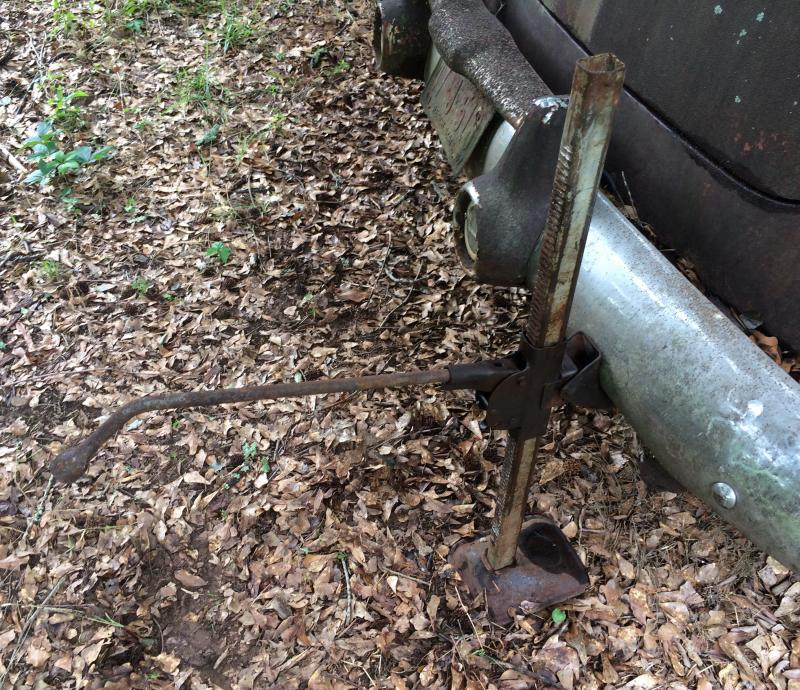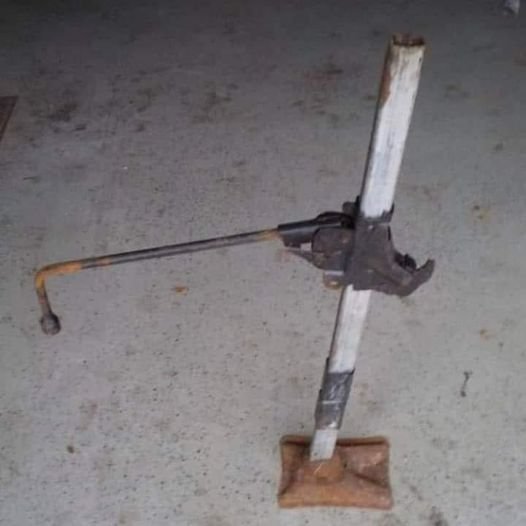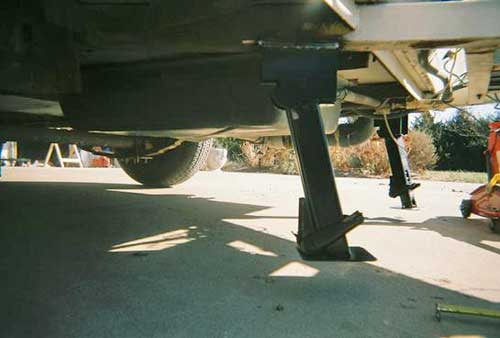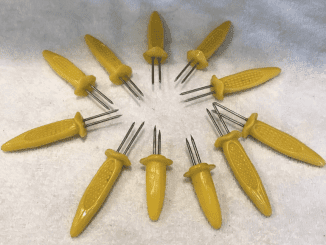If you’re a classic car enthusiast or simply love vintage accessories, you might find yourself captivated by antique car jacks. But have you ever paused to think about their history? How did these essential tools evolve over time? In this article, we’ll explore the intriguing journey of car jacks from their inception to modern times, and we’ll provide tips on how to identify valuable antique models.
The Origins of Car Jacks: A Brief Overview

Car jacks have played a crucial role in the automotive world since the very first vehicles hit the roads. But their origins trace back to much older lifting devices used for wagons and farm equipment. Early iterations of jacks included simple screw designs, often employed by blacksmiths for wheel repairs. Before the horseless carriage became commonplace, the need for lifting devices was already evident.
The Evolution of Lifting Devices
In the 18th century, jacks began to transform into more efficient lifting devices. Leonardo Da Vinci’s designs, which included early screw jacks, paved the way for advancements during the Industrial Revolution. By the mid-1800s, Richard Dudgeon invented the hydraulic lift, catering to the growing demand for lifting heavier loads in construction and manufacturing.
The Birth of the Automobile Jack
As the automotive industry emerged, manufacturers recognized the need for portable car jacks that could handle the weight of vehicles while remaining user-friendly. Early models, such as those used for the Ford Model T, were heavy, cast-iron lever jacks. These jacks were labor-intensive to operate but marked the beginning of a new era in automotive maintenance.
Significant Milestones in Car Jack Development
- Weaver Auto-Twin Jack (1910): This early trolley jack became a staple in auto-repair shops, demonstrating improved functionality and stability.
- Basic Lift Jack (1905): Known as the Handyman’s Jack, this model utilized a tripod design and was favored for its ease of use, despite safety concerns.
- Scissor Jack (1908): Invented by Joseph LaFrance, the scissor jack revolutionized car lifting by providing a compact and efficient solution, paving the way for future designs.
The Shift Towards Modern Jacks
By the mid-20th century, hydraulic floor jacks began to replace earlier mechanical designs due to their enhanced load capacity and ease of use. However, the evolution of jacks didn’t stop there. As vehicle design changed, manufacturers adapted, leading to the introduction of lightweight scissor jacks that fit snugly in vehicle trunks.
Identifying Antique Car Jacks: What to Look For
Finding an antique car jack can be exciting, especially if you know what to look for. Here are some tips to help you identify valuable models during your next swap meet or antique shop visit.
Look for Trademark or Logo
Start by examining the jack for any trademarks or logos. Renowned brands like Barrett or Hi-Lift often include identification stamps or stickers. Serial numbers can also provide valuable information, so don’t hesitate to research online or reach out to the manufacturer.
Assess the Construction Material

The material used in a car jack can offer clues about its age. For instance, many early jacks were made of cast iron or wood. Signs of wear, rust, and age enhance the authenticity of these pieces, making them more appealing to collectors.
Check for Date Codes
Many manufacturers began stamping date codes on their products after the 1960s. If you come across a jack without a visible date code, it could be a pre-sixties model, which might hold more value for collectors.
Evaluate the Condition
Condition plays a crucial role in determining value. If a jack still operates effectively, it will be more desirable. Inspect the gearing mechanism, lever, and any exterior components for signs of functionality. Collectors often appreciate the aesthetic of vintage wear.

Inspect Threads, Seals, or Rings
Older jacks often used wax rings instead of modern rubber seals. If you notice clean hydraulics or components that seem newer due to replacement, it could affect the jack’s overall value.
Recognize Jacks Associated with Specific Cars
Certain jacks linked to popular car models, like the Mustang or Corvette, are often more sought after. Their historical significance can add to their worth, appealing to both nostalgic collectors and car enthusiasts alike.
What Are Antique Jacks Worth?
Antique car jacks can vary significantly in price. Many sell for under $100, but some rare models can fetch over $500. Researching market trends and values is essential before making a purchase. Consulting classic car appraisers can also provide insights into the value of specific jacks.

Is Reconditioning Worth It?
Reconditioning an antique car jack can be a worthwhile endeavor. However, be cautious with repainting or excessive cleaning, as preserving the jack’s original appearance often enhances its value. Remember, collectors typically prefer pieces that retain their historical integrity.
Conclusion: The Legacy of Car Jacks
The history of car jacks reflects the broader evolution of automotive technology. From their humble beginnings to their modern incarnations, these tools have played a vital role in car maintenance and safety. For collectors, identifying and appreciating antique models can be an enriching experience that connects them to automotive history. So, next time you see an old jack, you might just have a piece of history in your hands!


